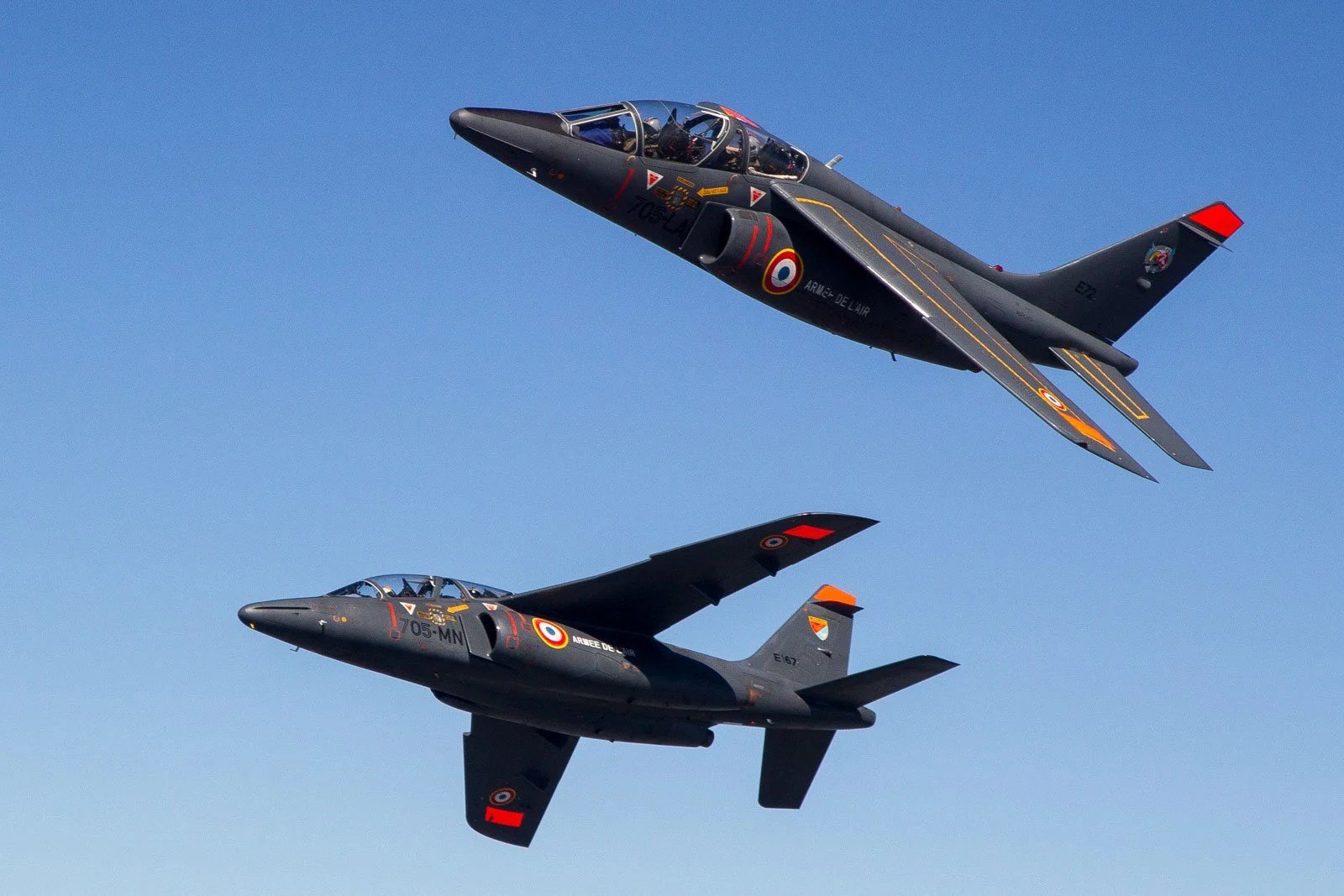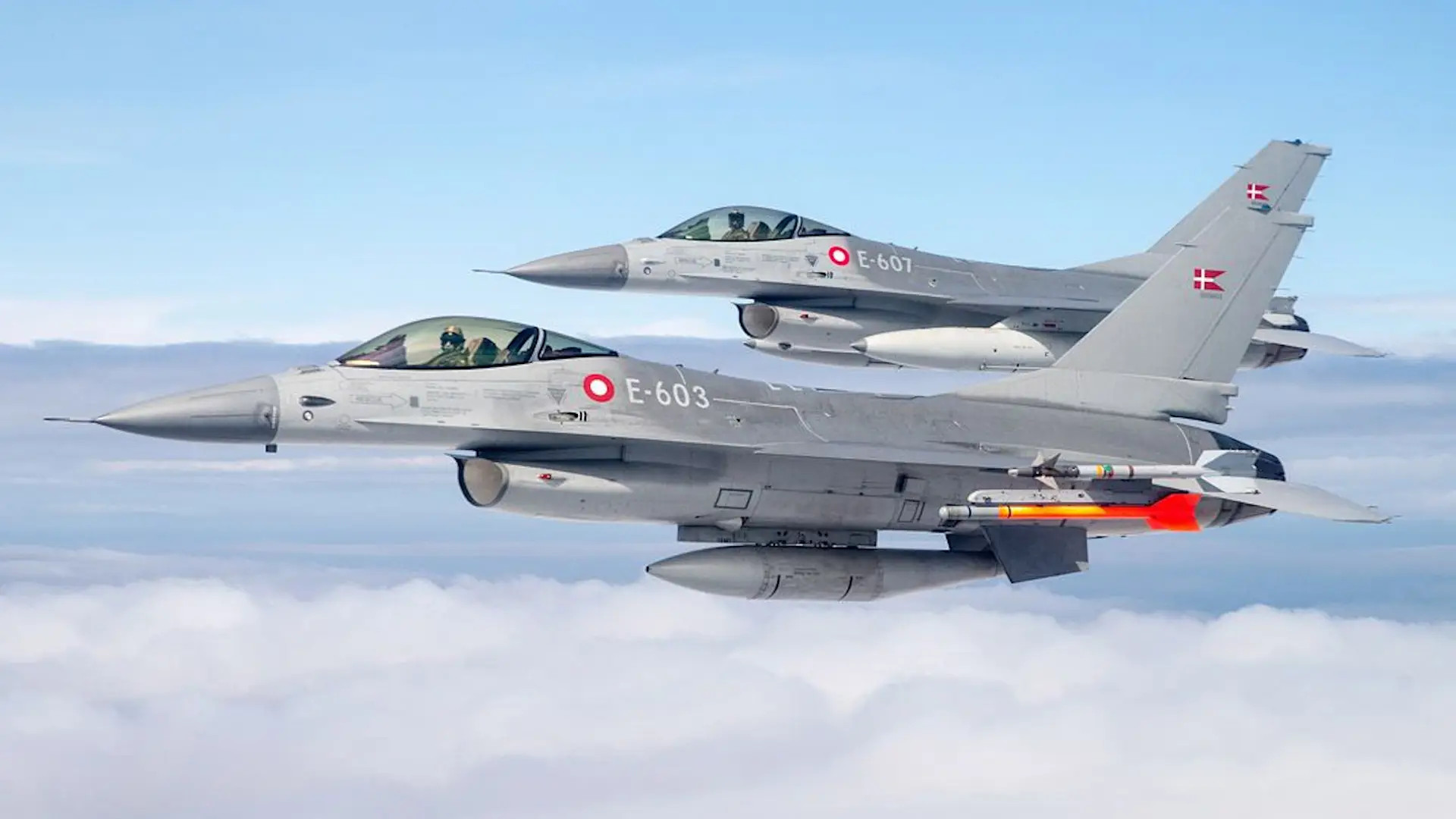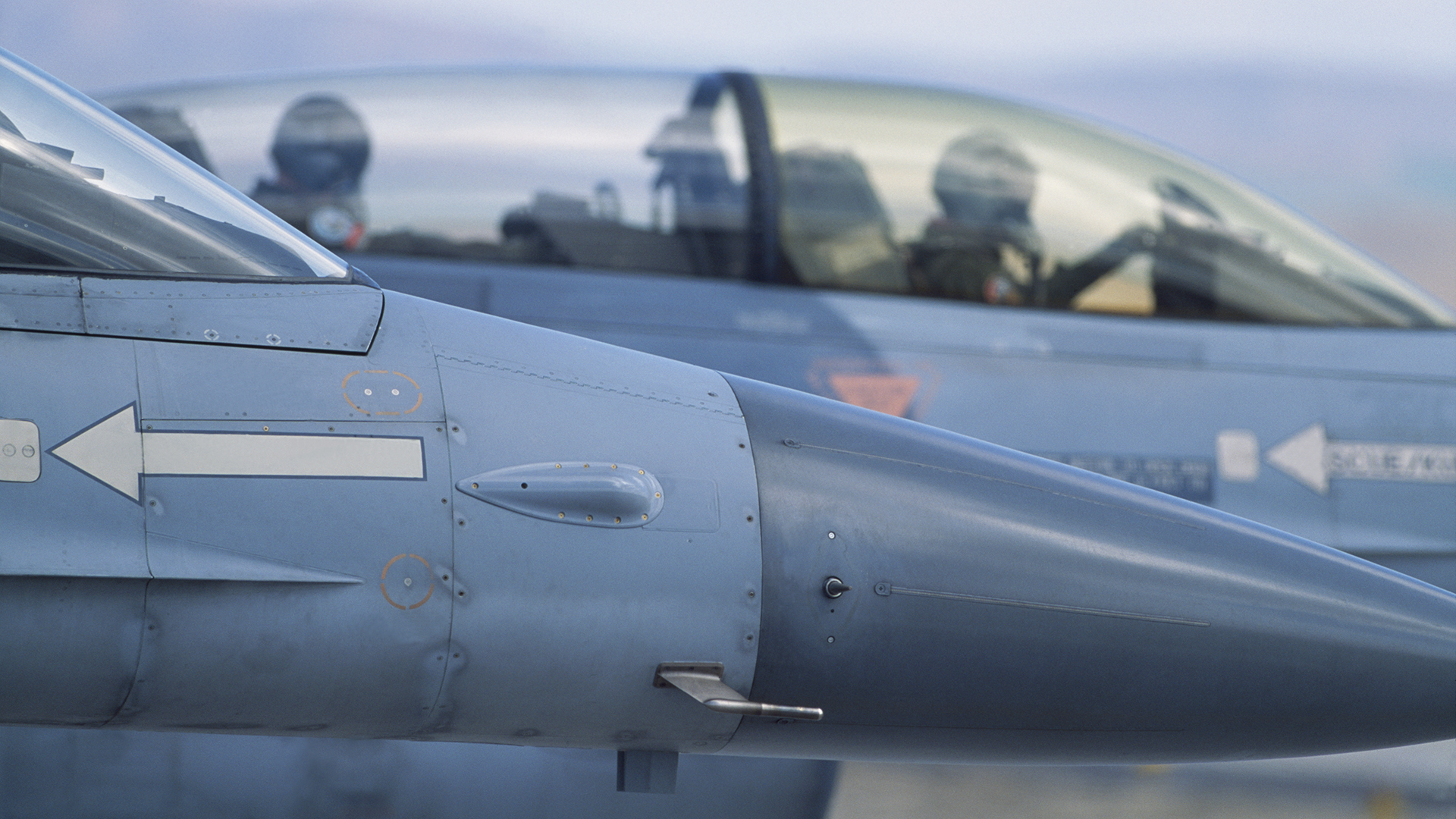Though the U.S. has signed off on fast-tracking F-16 Vipers to Ukraine, it will take until next year before they hit the skies and many more before its pilots reach full combat proficiency in sufficient scale, the general in charge of U.S. and NATO air operations said Friday morning.
F-16 pilot training for Ukrainians is currently underway, U.S. Air Force Gen. James Hecker, head of U.S. Air Forces in Europe (USAFE), as well as NATO’s Allied Air Command and U.S. Air Forces Africa (AFAFRICA) announced Friday morning during a Defense Writer’s Group virtual briefing.

“They’re young pilots that barely have any hours at all. So they’re not currently fighting the war,” he said.
The Ukrainian pilots are currently undergoing language training in the U.K.
“And then they’re going to get a little bit more training on propellers, and then go down to France and fly in the [Dornier Alpha Jets] for a little bit, that all is going to take time,” said Hecker. “And that’s probably not going to happen before the end of the year. So that takes a while to make that happen. So that’s why it’s going to be at least until next year until you see F-16s in Ukraine.”

It was unclear, however, if he was talking about the same group of pilots that The Washington Post wrote about last week in a story on that training being delayed until next year. We reached out to USAFE for clarification and will update this story when they provide additional details.
Concerns about Ukrainian pilot language skills and how long it will really take them to be highly combat capable as opposed to having merely the basic skills to operate the Vipers for missions are questions we addressed back in May, which you can read about here.
But even if Ukraine does get F-16s next year, it won’t likely have enough pilots who can fly them into combat to anywhere near their potential before 2027, Hecker said.
“You can get proficient on some weapons systems fairly quickly. “It takes a while to build a couple of squadrons of F-16s and to get their readiness high enough and their proficiency high enough. This could be four or five years down the road.”

As for what difference the Vipers would make in the current counteroffensive, Hecker said that they are a better option than Ukraine’s current fleet of mostly Soviet-designed Su-27 Flankers and MiG-29 Fulcrums.
“If I went to war, would I rather be in a MiG-29 or an F-16?” Hecker asked rhetorically. “I’d rather be in an F-16.”
“What the F-16 will give them is – it’s going to be more interoperable with the current weapons that we’re giving them now. So right now weapons that we’re giving them have to be adapted to go on a Mig-29, or to go on an Su-27 or something like that. The F-16, it’s already interoperable with, so that will help out and give them the added capability, but it’s not going to be the silver bullet, that all of a sudden, they’re going to start taking down SA- 21s [NATO designation for the Russian long-range S-400 SAM] because they have an F-16.”
The War Zone has been making the case since right after the war began that a tactical jet platform with the data bus architecture needed to seamlessly integrate many types of NATO-compatible weapons was badly needed in Ukraine. Being able to quickly bring new munitions into the fight, especially standoff weapons like cruise missiles and high-speed anti-radiation missiles, and squeeze the most out of their capabilities, would be a major advantage. Many of the mission profiles used to employ standoff weapons do not require extreme levels of experience.
Back in February, with the media awash with many dubious reports, with the help of experienced F-16 instructor pilots, we drilled down on the reality of what Ukrainians would actually face in terms of training to fly and fight in the F-16:
“For a pilot with around 500 hours experience in a Western fighter, but that has never previously flown the F-16 — someone transitioning from the Hornet for example — without any breaks, working weekends, etc, they need 69 days to learn everything to safely employ the Viper in air-to-air and air-to-ground roles,” commented an experienced F-16 instructor.
“That’s assuming they speak good English because that’s the language we teach in. Those 69 days include six flights learning to fly the jet and land it. About 15 flights of air-to-air, but if they’ve done a lot of this before you might get that down to 10. The between six and nine air-to-surface missions, which would include a basic ability to employ laser-guided bombs [LGBs] and GPS-guided Joint Direct Attack Munitions [JDAMs]. That would give them a basic, wingman-level understanding, and that’s assuming they are already familiar with the complex weapons such as the AIM-120 AMRAAM [Advanced Medium-Range Air-to-Air Missile].”
“They would also need to take in 210 hours of academics and 10-20 simulator events. You can’t do that fast — even doing two sims a day means 10 days straight. You can’t do that kind of thing fast. So, those 69 days would mean the pilot could potentially employ the jet safely in a tactical training environment. Flying in combat is a whole different story.”
“Going into combat against a Su-35, even a Su-27 in contested airspace — now you’re talking about years of experience. You can’t do that with a brand-new guy who has seen everything once! You can have all the capabilities of the jet, but if the pilot doesn’t know how to use it correctly, then that’s useless. So for a pilot coming from a MiG-29, having to learn a brand-new PVI [pilot-vehicle interface] where everything looks different, use weapons that they’ve only ever read about, to give them three-months training then toss them into combat — that’s a tall order!”
“The MiG-29 to a Block 50 or Mid-Life Upgrade Viper isn’t a big step in performance, but it’s a huge leap in technology — the weapons and avionics. Even after 69 days of intense training, that’s only a wingman qual [qualification], so who is going to lead the mission? Do you just send them off as a rogue single-ship to try and shoot down anything with more than one vertical tail? To be super effective, you at least need a four-ship, and to lead that needs at least a year of intensive training — then you can crush the opposition.”
“The answer initially would have to be based on building a new syllabus based on Ukraine’s specific needs and the threat scenario, and to then take that into combat would need anywhere between six and 12 months of training. It would still be risky, but that might outweigh the rewards.”
You can read more in our story here.
Given the pace of the counteroffensive and growing concerns about future support for Ukraine, what impact F-16s and their newly-minted pilots will have when they do arrive remains to be seen. Of course, even if the war were to end in a settlement tomorrow, or if it continues to drag on into 2024 and beyond, squadrons of Vipers flown by capable pilots would still be a critical need.
Contact the author: howard@thewarzone.com
